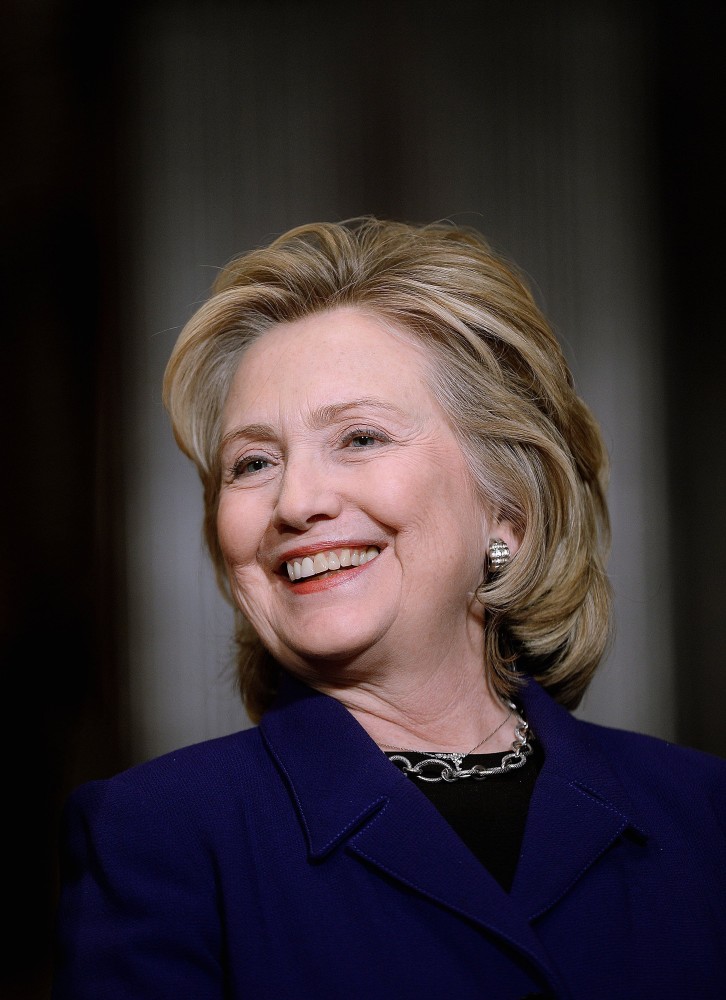By Karlyn Bowman and Jennifer Marsico
McClatchy-Tribune News Service (Opinion)
WASHINGTON
Repeat after us: The 2016 election is more than two and a half years away. Hillary Clinton may be a candidate. If she is, Benghazi or Bill Clinton may or may not be issues. Who could possibly know?
Now that that’s out of the way, let’s look at something more interesting, how much resistance there may be to a female presidential candidate and to Hillary Clinton in particular.
Here we have a plethora of polls to provide some tentative answers. Let’s start at the beginning.
In the late 1930s, when the Gallup Organization asked people about voting for a woman for president, more than six in 10 said they would not do so. Widespread doubts about a female president were evident even in the question itself: in 1937, respondents were asked whether they would vote for a woman president “if she qualified in every other respect!”
Fortunately, things have changed a great deal since then. Resistance dropped to around 25 percent by the early 1970s. In 2012, the last time Gallup asked the question, 5 percent said they would not vote for a qualified woman their party nominated.
On the theory that people sometimes conceal their own prejudices, the pollsters ask respondents what their neighbors or co-workers would do, rather than what they themselves would do.
In 2012, when NBC News/Wall Street Journal pollsters asked people whether the idea of having a woman as president would raise concern for them and their families, 6 percent said it would. An additional 8 percent thought it would raise concerns among their neighbors and co-workers. That left a whopping 85 percent who saw this as a non-issue.
A handful of other questions asked in recent years put the proportion of people saying they couldn’t vote for a female presidential candidate at around 8 percent to 10 percent.
What’s harder to get at from the polls is how many people would vote for Clinton because she is female. And sorting out how many of those people are already Clinton supporters is even harder.
Clinton has been in the public eye for more than two decades, first as a presidential candidate’s wife, then first lady, then as a U.S. senator, and later as a presidential candidate and the secretary of state.
The first question about her and the country’s highest office was asked in 1992, before Bill even became president.
When Time’s pollsters asked whether she had what it takes to be president, 41 percent weren’t sure, while 19 percent said she did and 40 percent said she did not. Those doubts are largely gone.
In Gallup’s February 2014 poll, her favorability stood at an impressive 59 percent, with 37 percent viewing her unfavorably. She’s been above 50 percent on this measure in more than a dozen Gallup questions since March 2008.
In Quinnipiac University’s January 2014 poll of registered voters, 52 percent said she would make a good president, while 40 percent said she would not. There were predictable partisan splits.
Among the key group of independents, 50 percent said she would but 43 percent said she would not. Perhaps as an indication of some gender solidarity, 59 percent of women said she would make a good president. Forty-nine percent of men gave that response.
Again, we have no idea whether Hillary Clinton will choose to throw her hat in the ring for the 2016 presidential race. But if she does, the polls tell us that very few Americans will dismiss her candidacy outright because she is a woman.
In an era of deeply divided politics, the insignificance of a candidate’s gender is a positive development.
___
ABOUT THE WRITERS
Karlyn Bowman is a senior fellow, and Jennifer Marsico is a senior research associate, at the American Enterprise Institute.














































































































































































































































































































































































